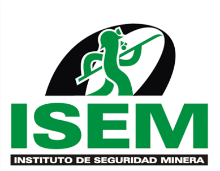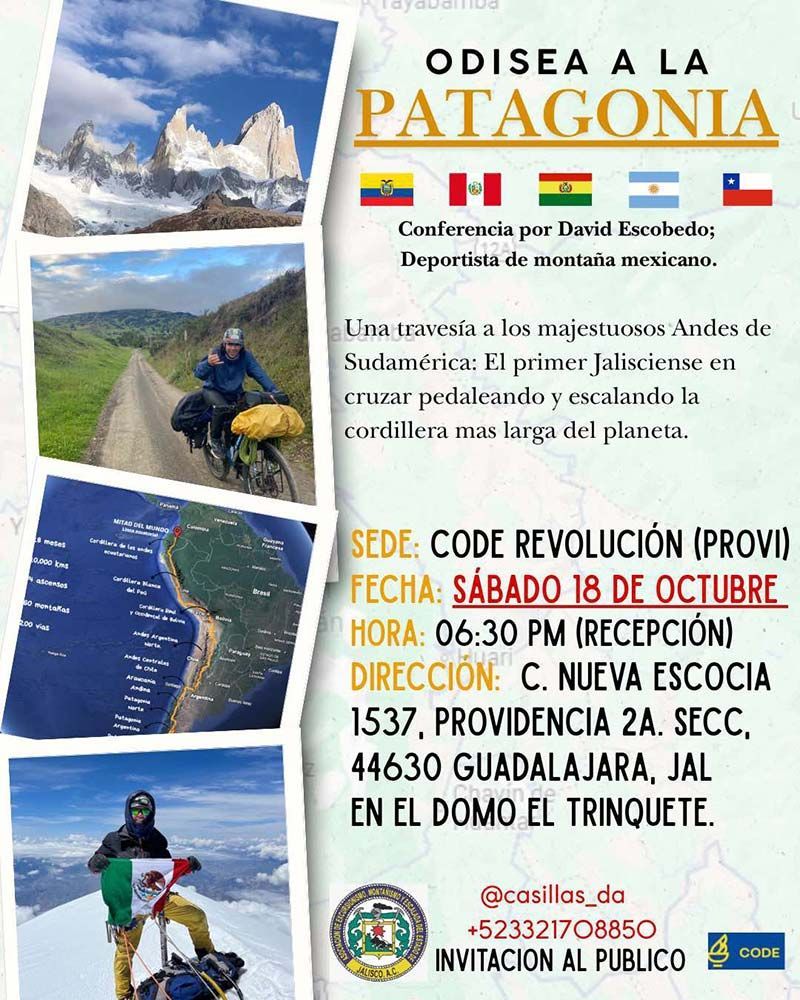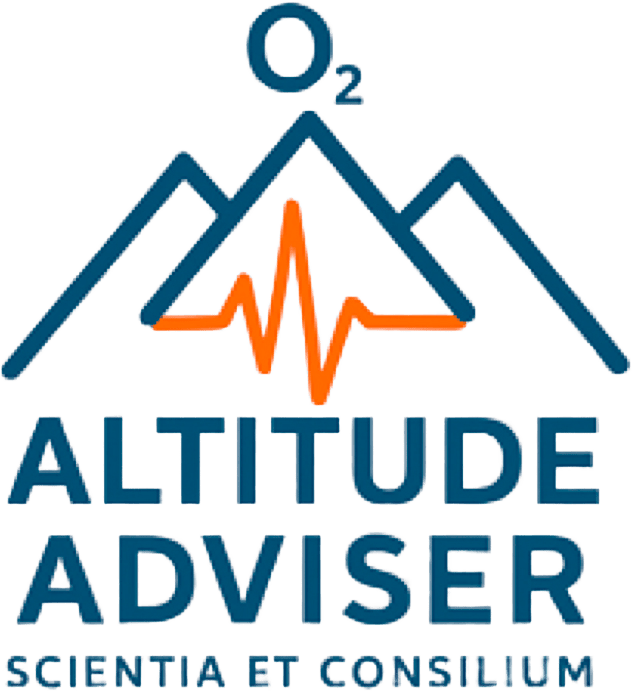30 de octubre de 2025
1.The dual paradigm of hypoxia and overcoming the "low-land centered" approach: The seminar has fundamentally redefined our understanding of hypoxia, moving from a one-dimensional view of it as an agent of pathological risk, to a dual paradigm that recognizes its therapeutic potential through controlled preconditioning (hormesis). It has become clear that the "dose" of hypoxia—understood as its intensity, duration, and pattern—is the determining factor in its biological effect, whether deleterious or beneficial. Likewise, the need to overcome the epistemological bias of a "low-altitude-focused" perspective, which interprets the physiology of the high-altitude inhabitant as a deviation from the norm of sea level, has been highlighted. It is imperative to analyze the biochemistry, markers, and clinical aspects of altitude adaptation as an optimized homeostatic state and not as a chronic pathological condition. 2. The urgency of an interdisciplinary consensus on terminology and standards: The critical need to establish an interdisciplinary consensus to standardize concepts, definitions and thresholds of normality in the field of health at altitude has become evident. Terms such as "adaptation," "acclimatization," "deacclimatization," and the diagnostic criteria for emerging pathologies such as "insufficient sleep syndrome" by HHIC require a unified definition. It calls for the creation of a working group that brings together experts in mountain medicine, occupational medicine and sleep medicine to develop clinical practice guidelines that harmonize diagnostic and surveillance criteria, thus ensuring consistency in research and clinical application at national and international levels. 3. Heterogeneity of the response to IHL and the phenomenon of deacclimatization: It is concluded that the physiological response to Chronic Intermittent Hypobaric Hypoxia (HHIC) is a markedly heterogeneous phenomenon, whose clinical manifestation depends on a complex interaction of variables. These include not only the exposure profile (differences in altitude between the work center, the camp, and the home or sleeping place), but also intrinsic factors of the individual such as age, pre-existing comorbidities, and genetic susceptibility. The HHIC cycle includes a process of de-acclimatization during low-altitude rest periods, as part of the explanation for the prevalence of Acute Mountain Sickness (MAM) even in experienced workers upon re-ascending, challenging the concept of "complete acclimatization" in this work model. 4. From physiological compensation to target organ injury: While the body deploys several compensatory mechanisms to maintain physiological efficiency under the stress of HHIC, it has been shown that these adaptations can evolve into a maladaptive process that results in target organ injury, particularly in the right cardiovascular circuit. Echocardiographic investigations in miners with long-term exposure are conclusive, revealing a high prevalence of right ventricular remodeling and Altitude Pulmonary Hypertension (HAPH). This confirms that IHIC is not a benign stressor and that medical surveillance should focus on early detection of these structural and functional changes. 5. The potential of translational medicine: The seminar has highlighted the immense potential of translational medicine to apply the benefits of controlled hypoxia in the occupational setting. Laboratory findings on preconditioning-induced cardio protection, improved exertion tolerance, and acceleration of tissue regeneration should not remain in the experimental setting. It is concluded that it is a priority to develop and validate rigorous protocols that translate these findings into applicable preventive and therapeutic measures, such as pre-conditioning programs before ascent or therapies to accelerate recovery from musculoskeletal injuries in workers, among others. 6. Towards personalized and predictive occupational medicine: The need to evolve from a surveillance model based on cross-sectional and population-based evaluations to a personalized and predictive medicine approach has been established. This involves the integration of dynamic pathophysiological models that consider the individual trajectory of adaptation or maladaptation over time. The incorporation of functional biomarkers, such as Heart Rate Variability (HRV), is essential for this new paradigm, as it allows monitoring the response of the autonomic nervous system and anticipating risk before the manifestation of clinical pathologies. 7. Chronic noncommunicable diseases (NCDs) as risk multipliers: An unequivocal conclusion is that NCDs, and in particularly components of metabolic syndrome such as obesity and insulin resistance, act as potent risk multipliers in the context of HHIC. The individual's baseline metabolic state determines whether the response to hypoxia will be adaptive or pathological. Obesity, for example, not only aggravates hypoxia-induced insulin resistance, but also places a greater mechanical load on the respiratory system, exacerbating hypoxemia and the risk of HAPH. Therefore, the proactive management of NCDs is an indispensable strategy in high-altitude occupational health. 8. The relevance of the "exposome" in the understanding of worker fatigue and health: The seminar has highlighted the importance of adopting the concept of "exposome" for a comprehensive understanding of worker health, especially with regard to fatigue. Fatigue is not the result of a single factor, but of the complex interaction of the external exposome (working conditions, transfers, social environment) and the internal exposome (chronic health conditions, genetics, brain health). This holistic approach requires us to design management systems that consider the totality of exposures and vulnerabilities throughout the worker's life, overcoming isolated interventions and promoting inclusive and healthy work environments. 9. The need to update the approach to Occupational Medical Examinations (OEMs): It is concluded that the current protocols of Occupational Medical Examinations (OEMs) should be updated to incorporate a proactive assessment of the risk factors that modulate the response to HHIC. Specifically, it is imperative to include systematic screening for metabolic modifications, such as insulin resistance (using the HOMA-IR index) and dyslipidemia, as well as an objective assessment of sleep quality. Simply assessing the absence of disease is no longer enough; EMOs must evolve to become a tool for risk stratification and quantification of physiological resilience. 10. The critical impact of HHIC on sleep architecture and operational safety: Finally, the event has consolidated the evidence that HHIC causes profound and objectively measurable alterations in sleep architecture , including a high prevalence of central apneas and a reduction in deep and restful sleep. This could constitute a direct risk factor for the development of cardiovascular diseases and an imminent threat to operational safety due to increased daytime sleepiness. The demonstrated lack of correlation between subjective sleep questionnaires and objective polygraph findings imposes the need to move towards objective monitoring methods in high-risk populations for effective fatigue management and accident prevention. Organizing Committee of the X SISO-ISEM












